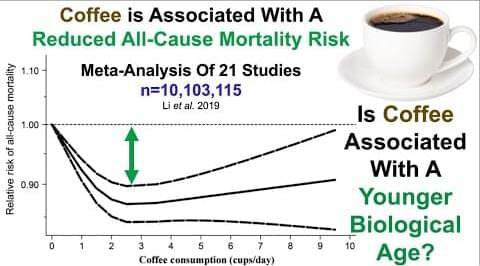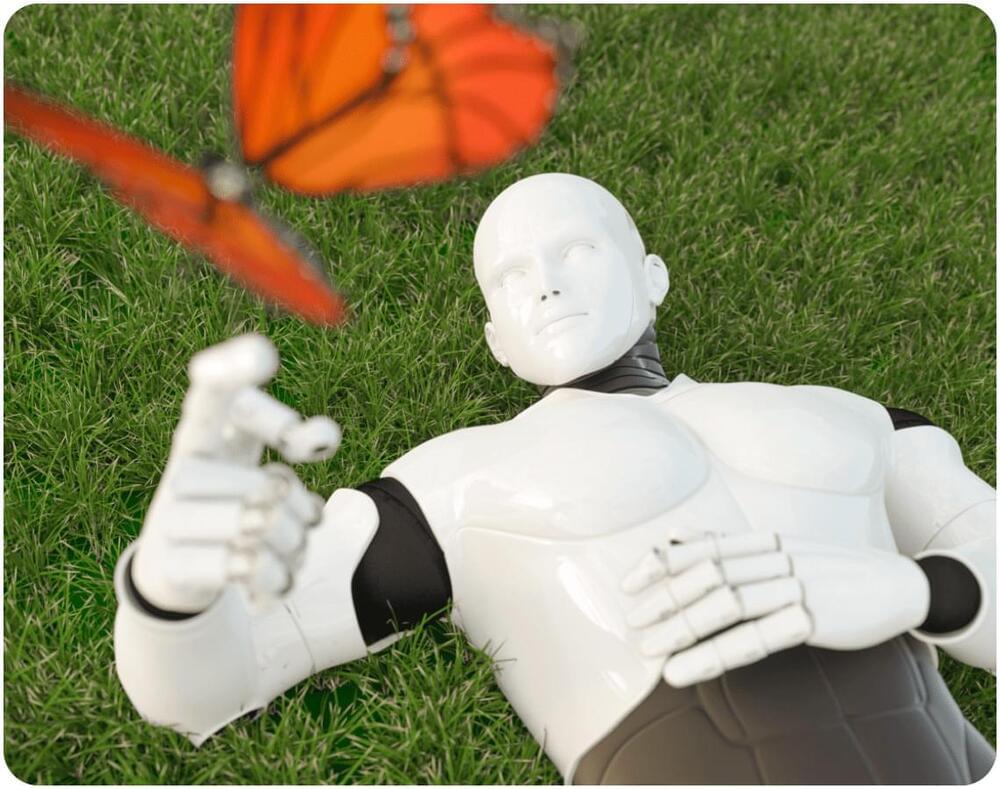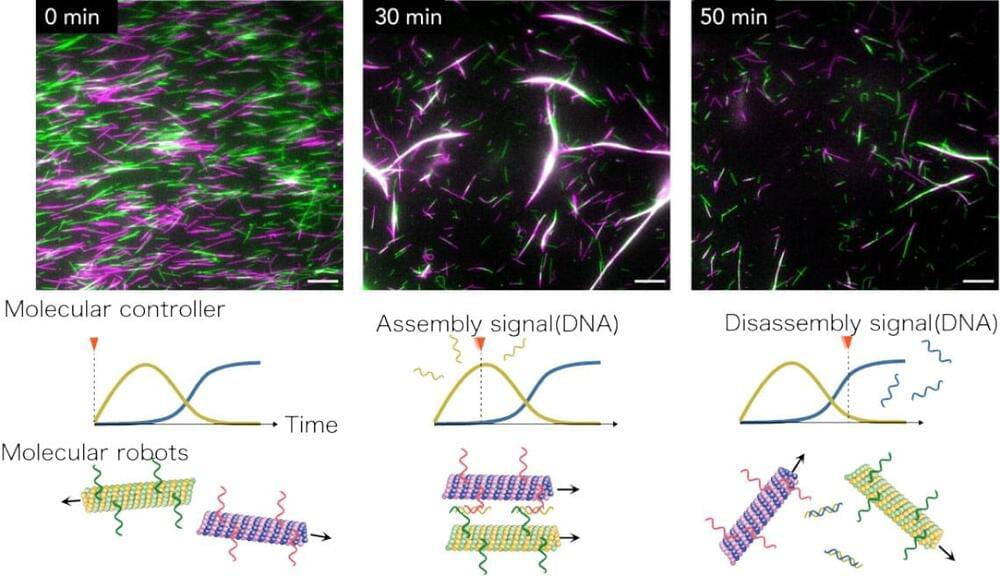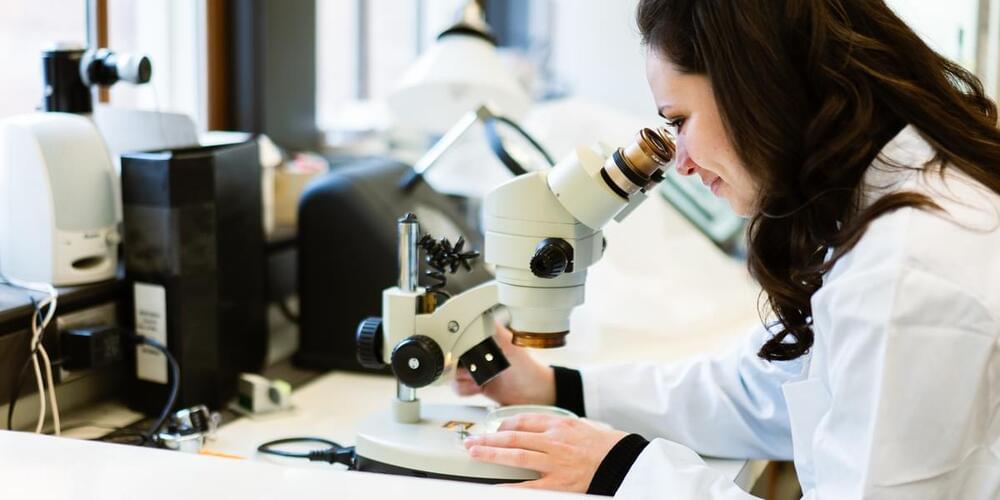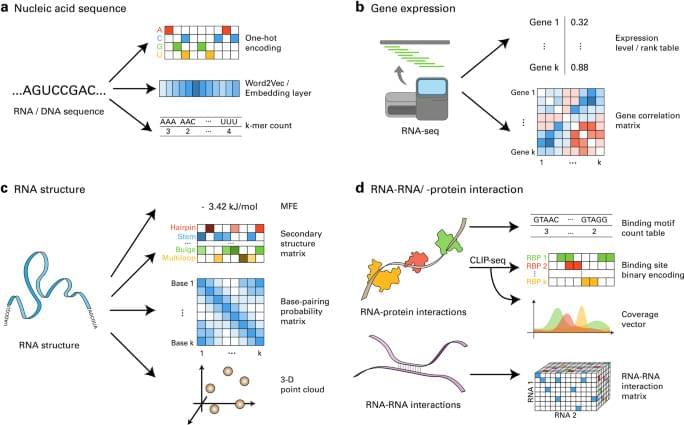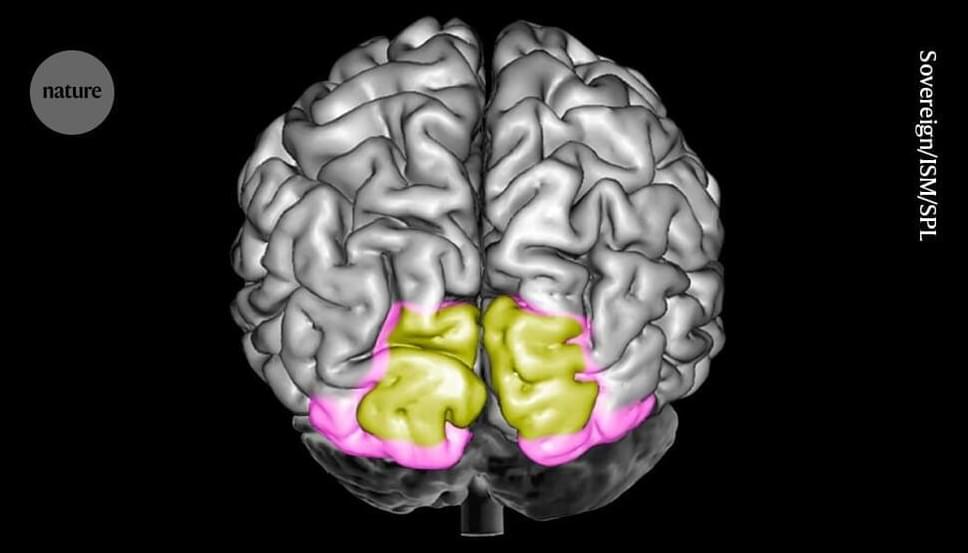Jun 16, 2024
“Spooky action at a distance” confirmed in heaviest particles
Posted by Shailesh Prasad in categories: particle physics, quantum physics
Physicists have delved deeper into the enigmatic world of quantum entanglement and top quarks, bringing a new level of understanding to a phenomenon that even Albert Einstein found perplexing.
This incredible feat has the potential to revolutionize our understanding of the quantum realm and its far-reaching implications.
The experiment, conducted by a team of researchers led by University of Rochester physics professor Regina Demina at the European Center for Nuclear Research (CERN), has yielded a significant result.

